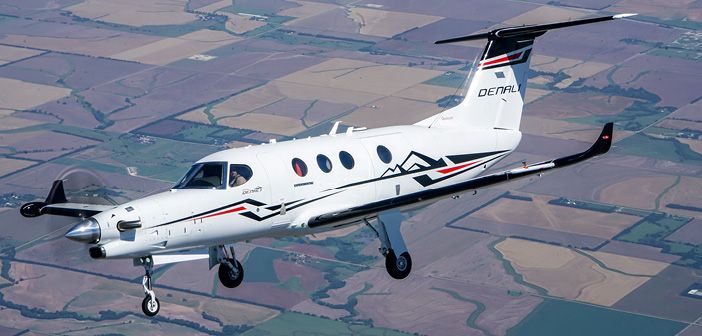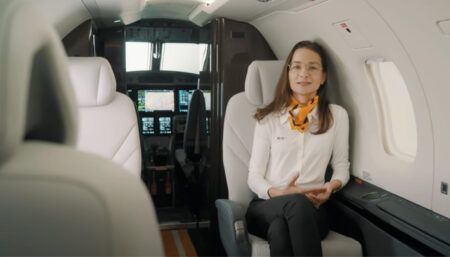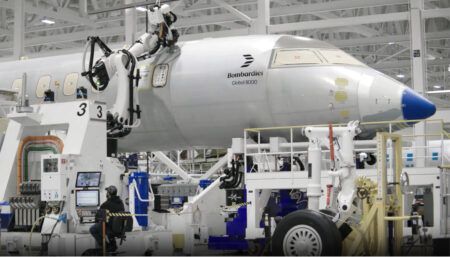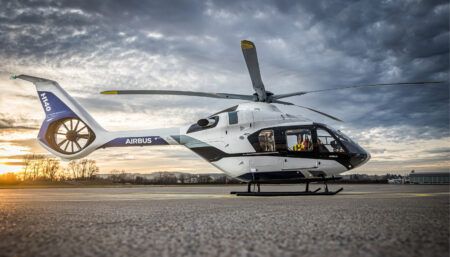Textron Aviation announced that the second Beechcraft Denali flight test article has successfully made its first flight, as momentum builds for the clean-sheet aircraft’s certification programme.
This follows the Denali prototype, which made its first flight in November 2021. The second test aircraft joins the first Denali prototype in the flight test programme.
The aircraft’s flight lasted two hours and one minute, reaching a max altitude of 15,500ft with a max speed of 240 ktas. To date, the programme has accumulated more than 250 flight hours.
“This flight is another vitally important step for the Beechcraft Denali programme as the aircraft will be used primarily for testing aircraft systems like avionics, cabin environmental control and ice protection,” said Chris Hearne, senior vice president, Engineering & Programs. “The team has made great progress, accomplishing key goals in the flight test programme, and the Denali team heads into the second half of 2022 with a great deal of momentum.”

The Denali flight test certification programme is expected to eventually include a third flight test article and three full airframe ground test articles as it expands operational goals focusing on testing aircraft systems, engine, avionics and overall performance.
Engineered to achieve cruise speeds of 285 knots and full fuel payload of 1,100 lbs, the Denali is designed to have a range of 1,600 nautical miles at high-speed cruise with one pilot and four passengers.
The Denali is the first aircraft powered with GE’s Catalyst engine. Like the company’s other aircraft, the Denali can also use sustainable aviation fuel. The FADEC-equipped, 1,300 shaft horsepower (SHP)-rated turboprop engine features single-lever power and propeller control. The aircraft is also equipped with McCauley’s new 105in-diameter composite, five-blade, constant-speed propeller, which is full feathering with reversible pitch and ice protection.
The cockpit features the Garmin G3000 avionics suite with high-resolution and touchscreen controllers. An integrated Garmin autothrottle is now a standard feature, which Textron Aviation notes interfaces with the Automatic Flight Control System and Flight Management System to provide easy speed control throughout all regimes of flight from take-off to touchdown.
The flat-floor cabin is designed to be easy to convert between passenger and cargo configurations. The standard seating configuration has six individual reclining seats and a nine-place high-density seating option is offered. Features include large cabin windows, a forward refreshment cabinet and a baggage compartment that is accessible in flight. An optional externally serviceable belted lavatory in the rear of the cabin is also available.





